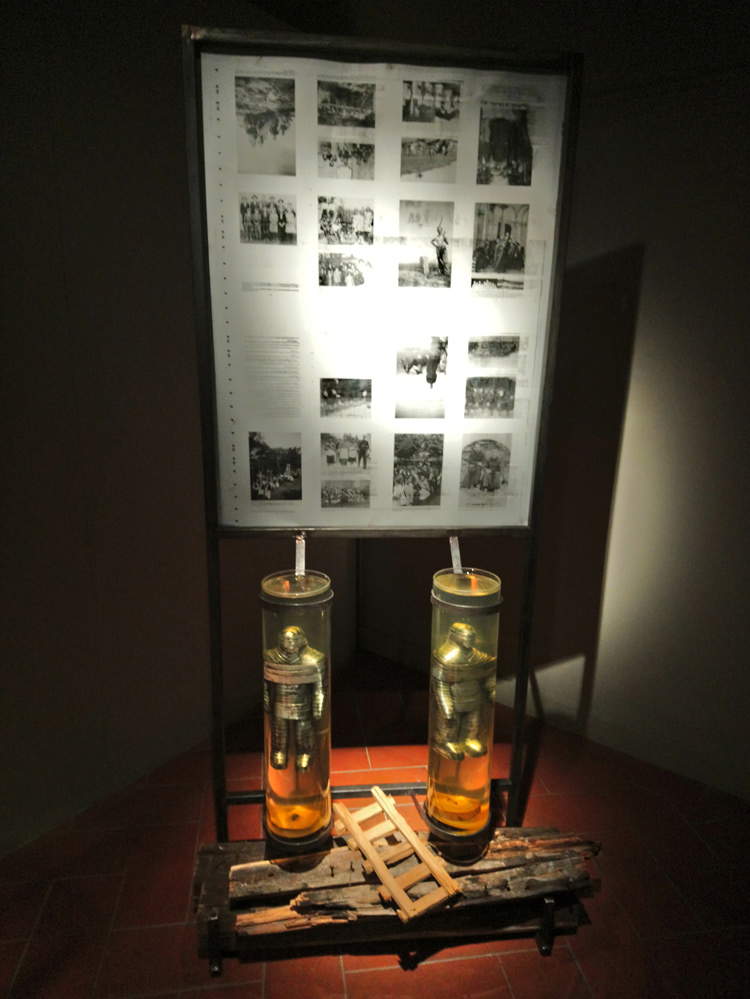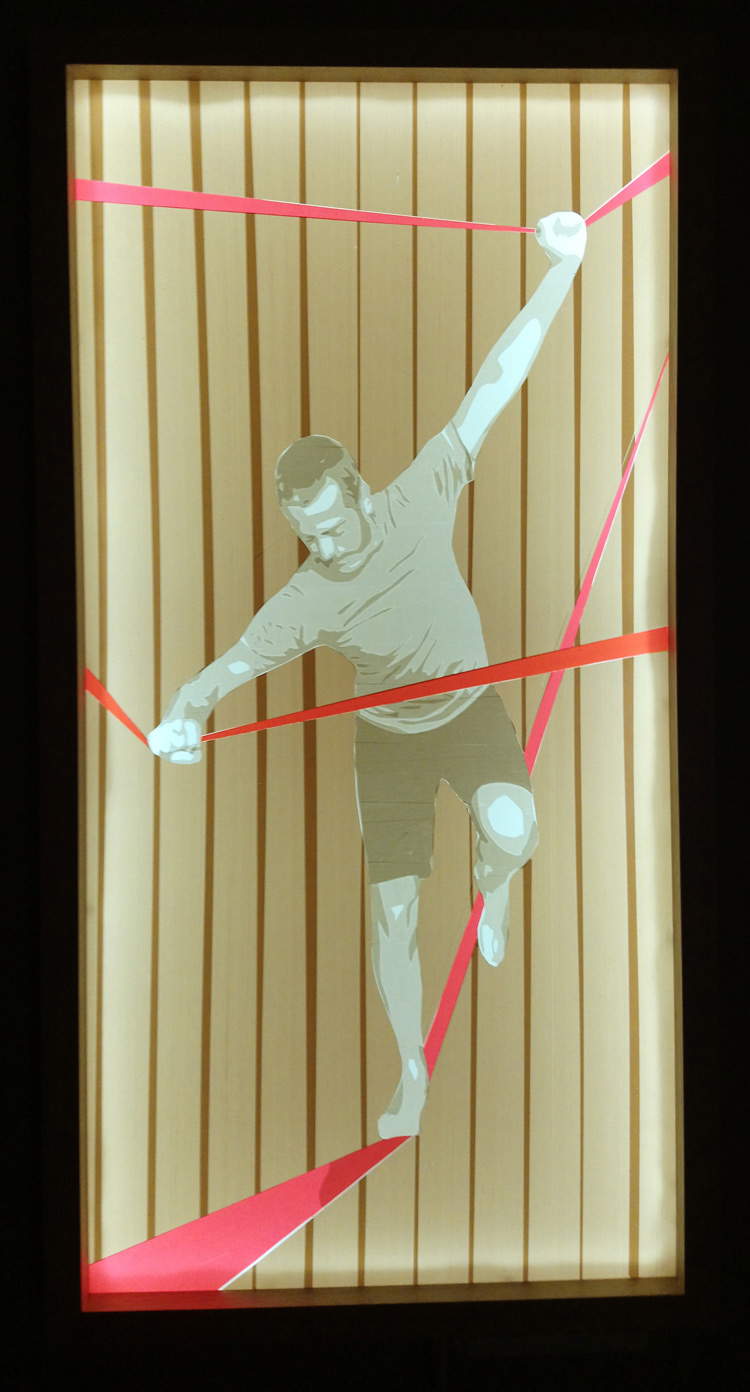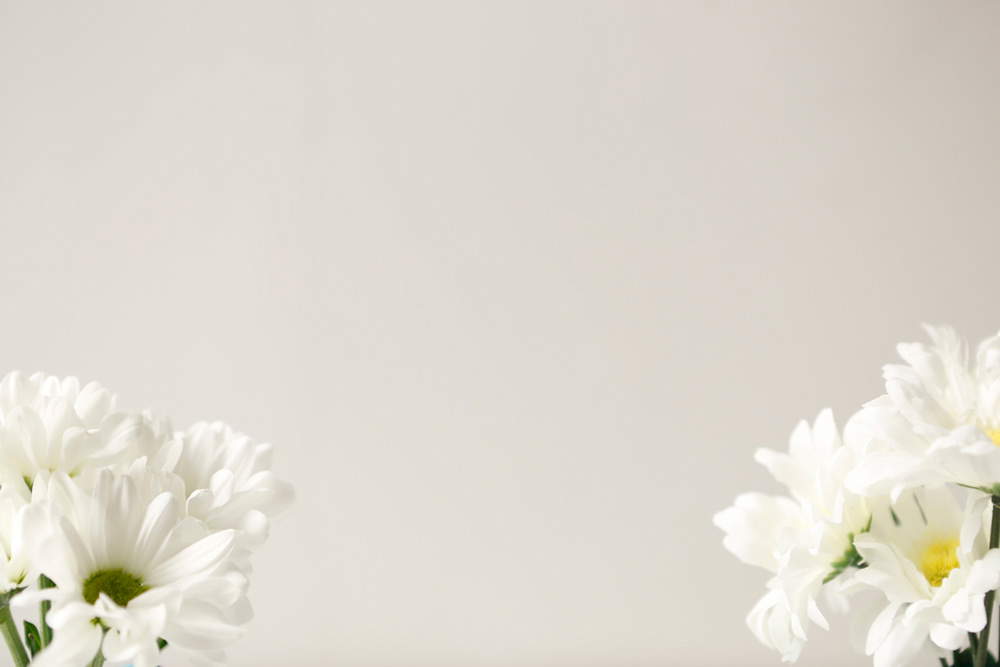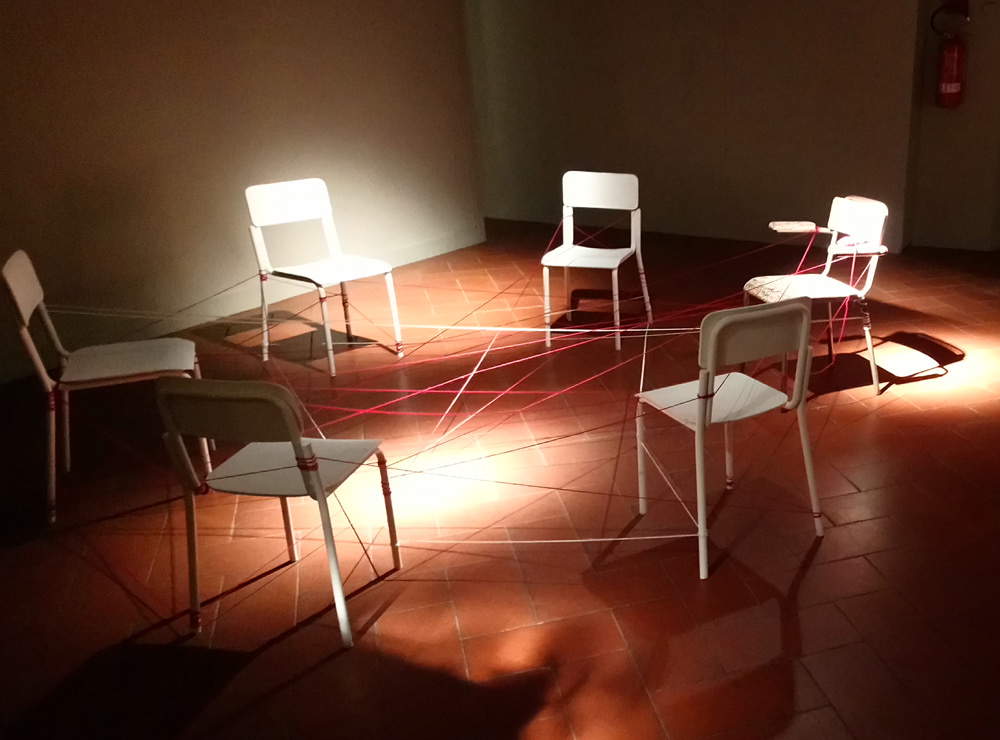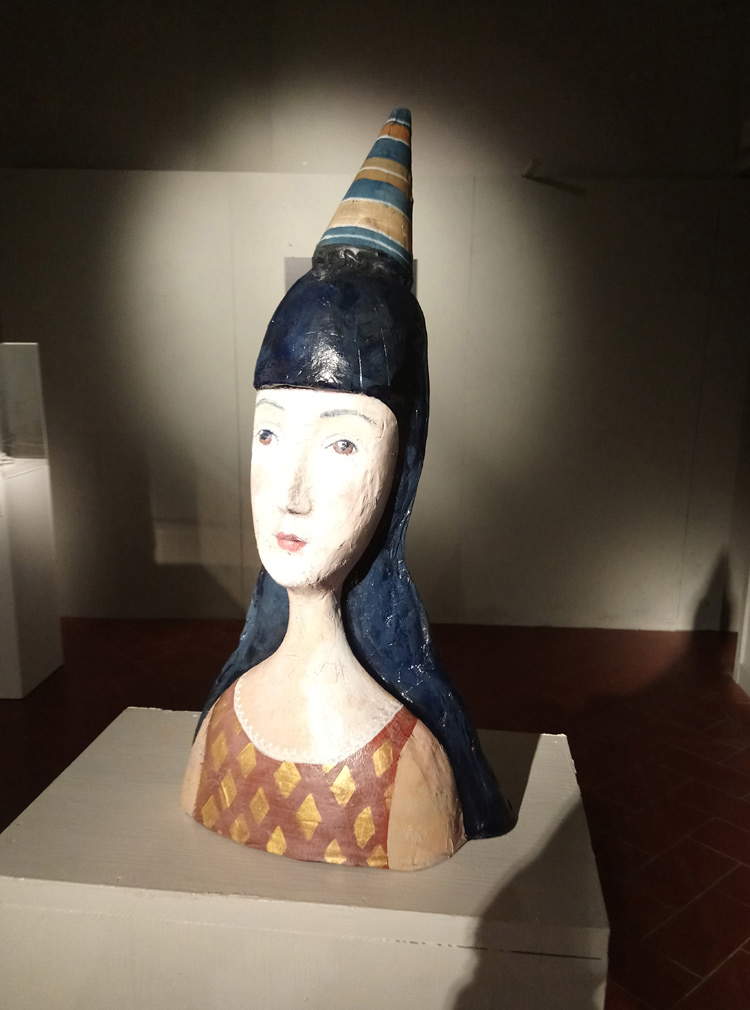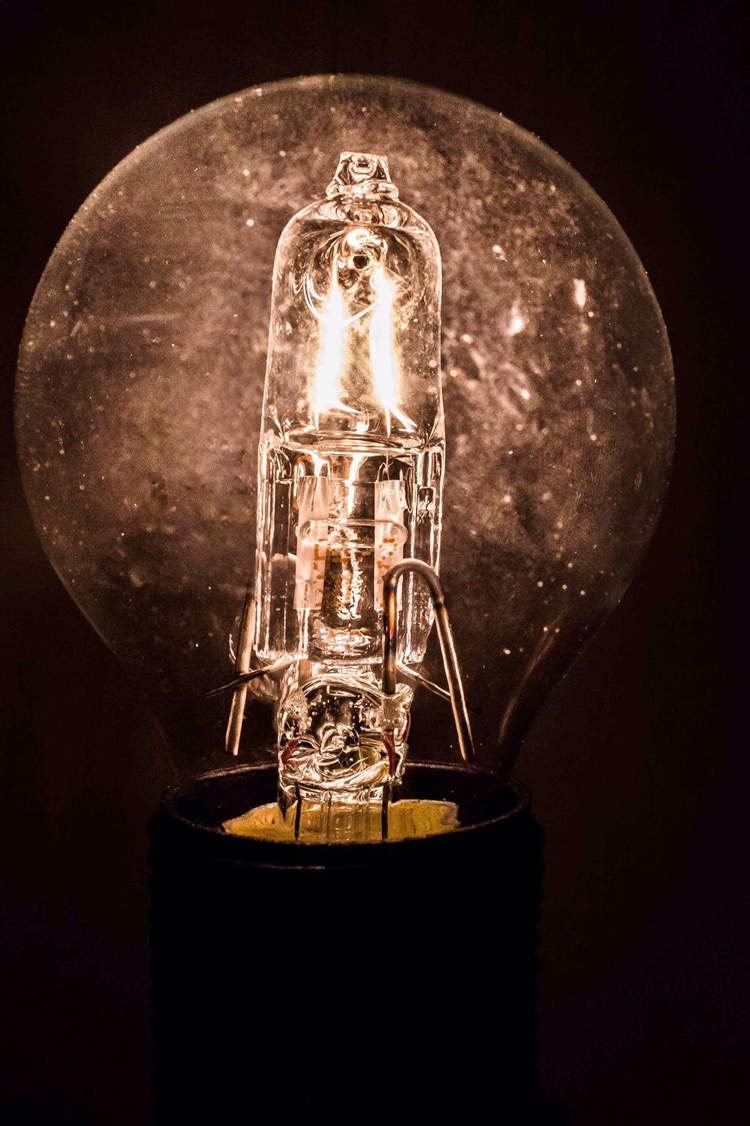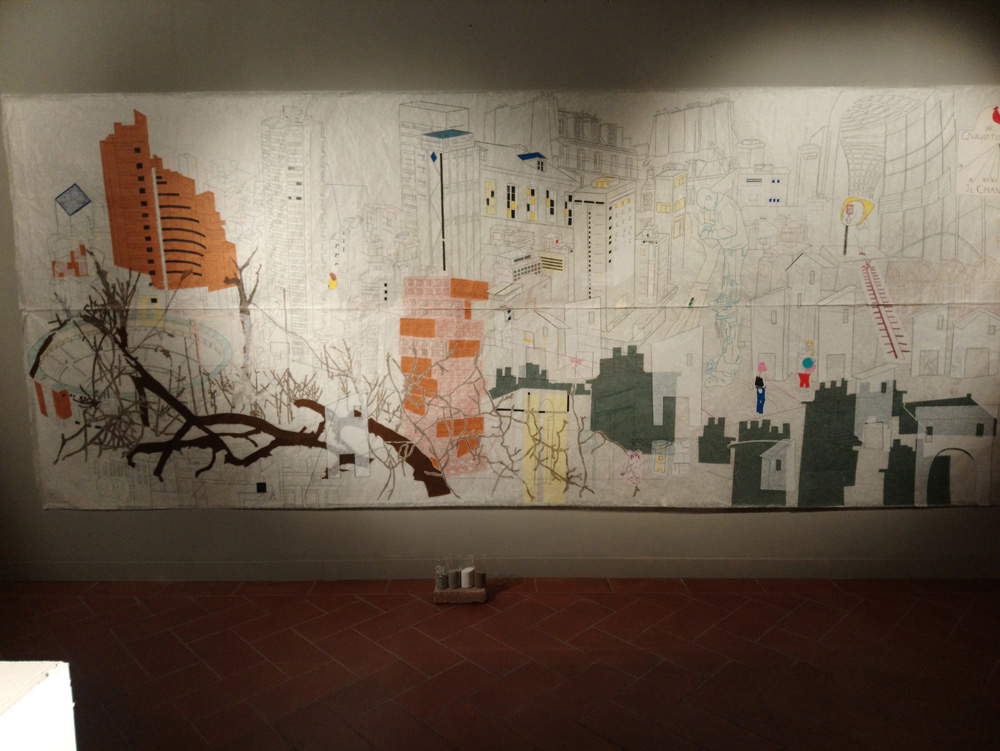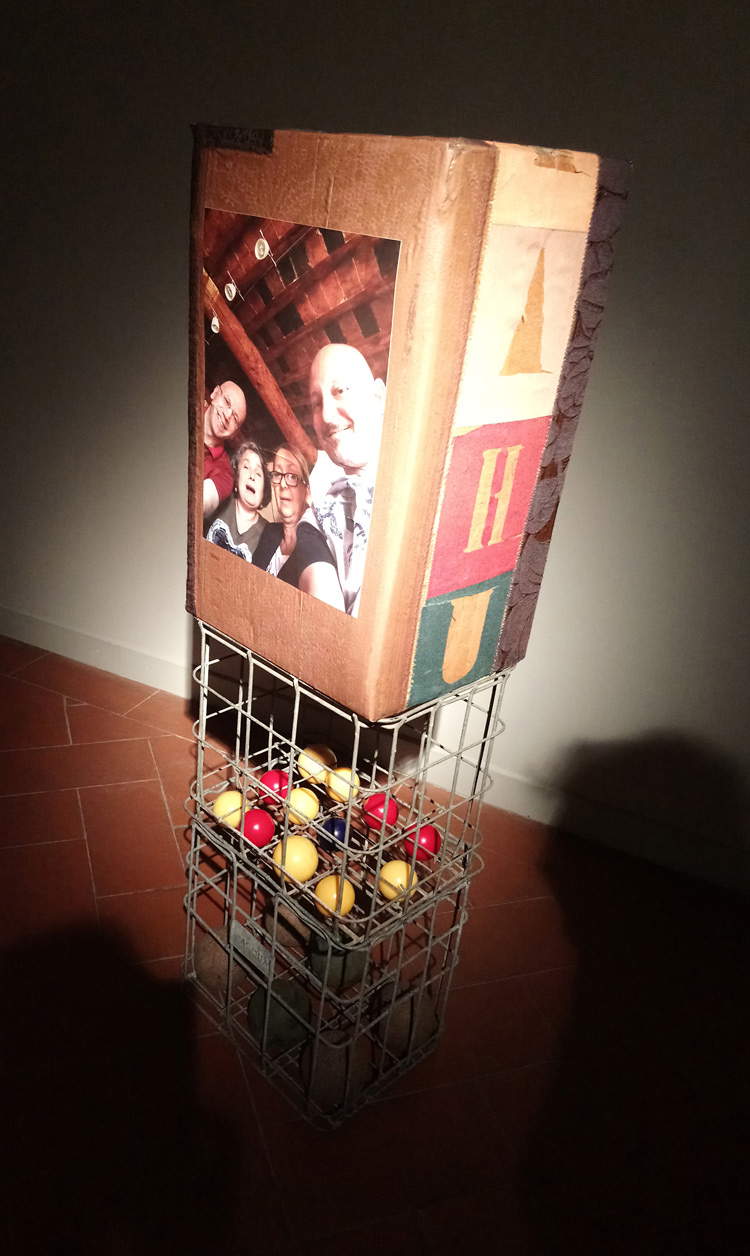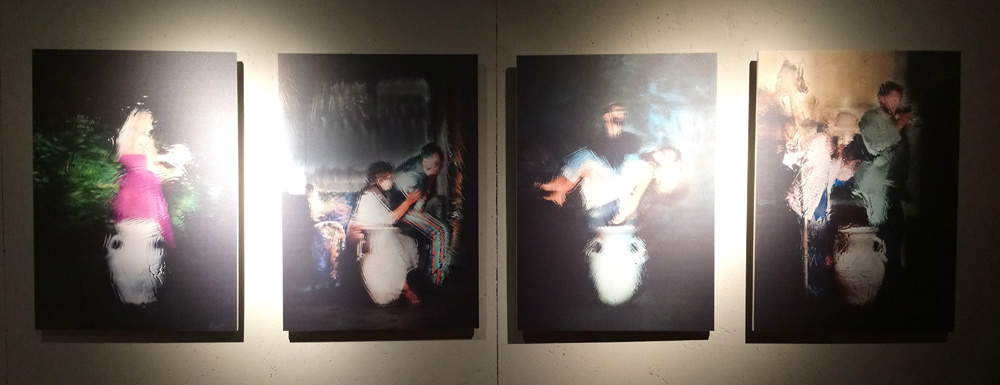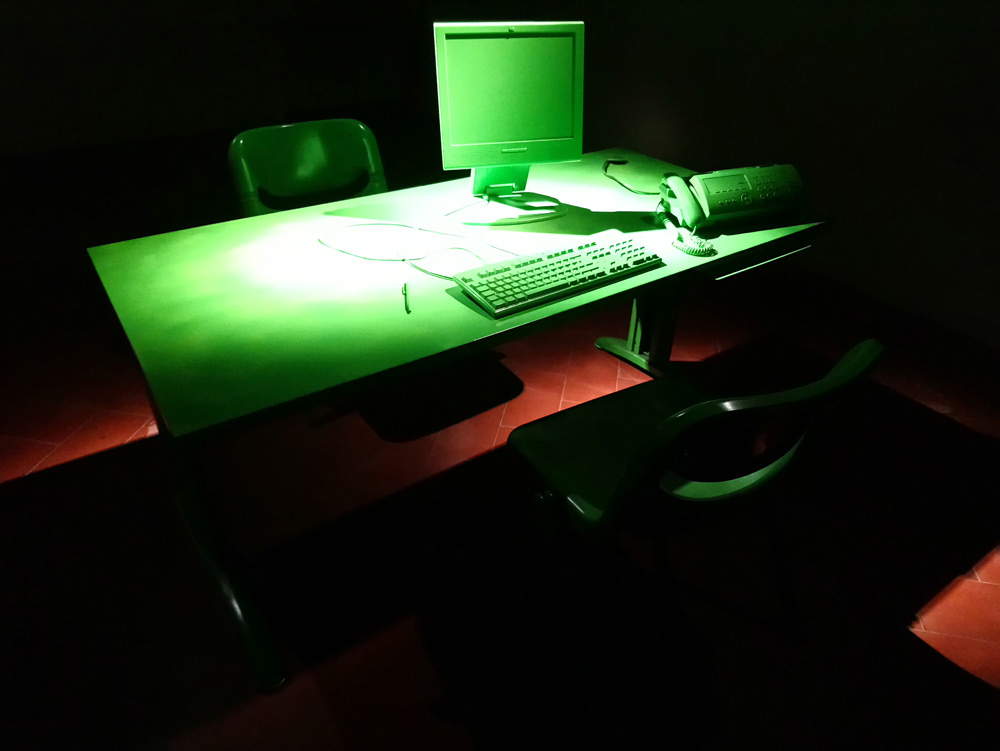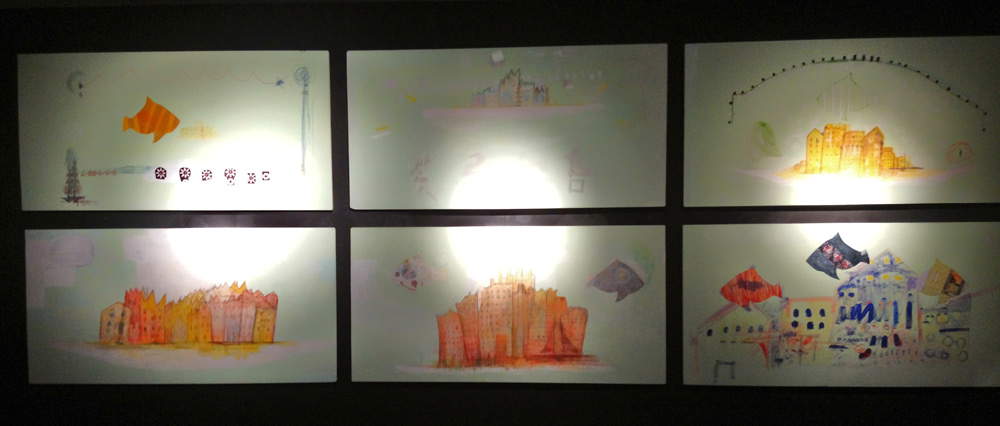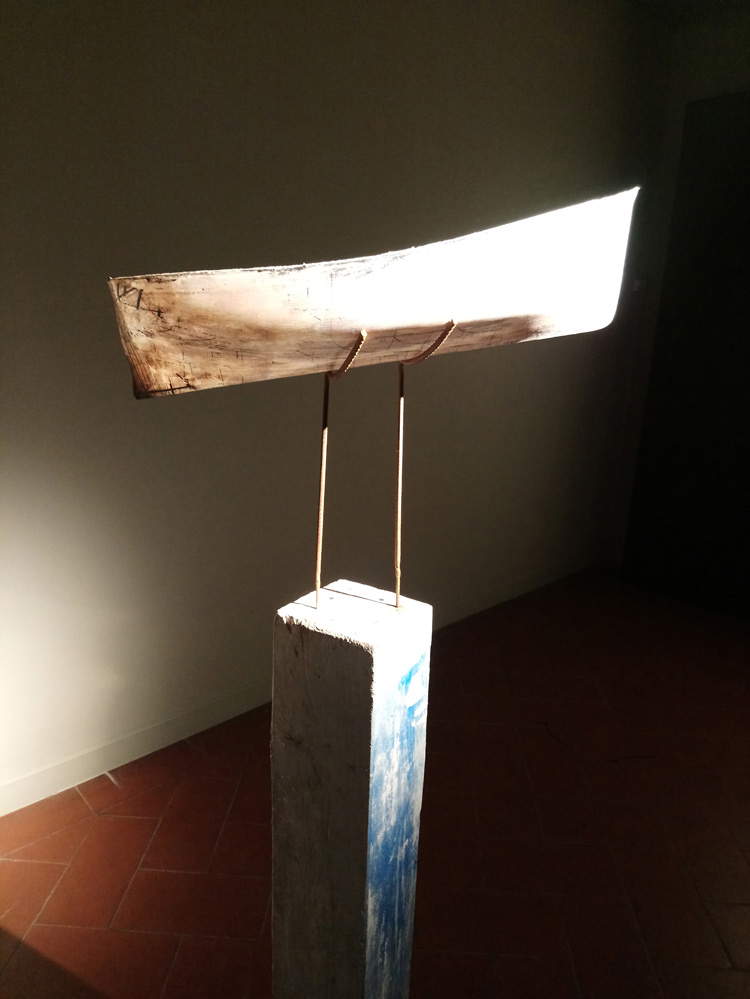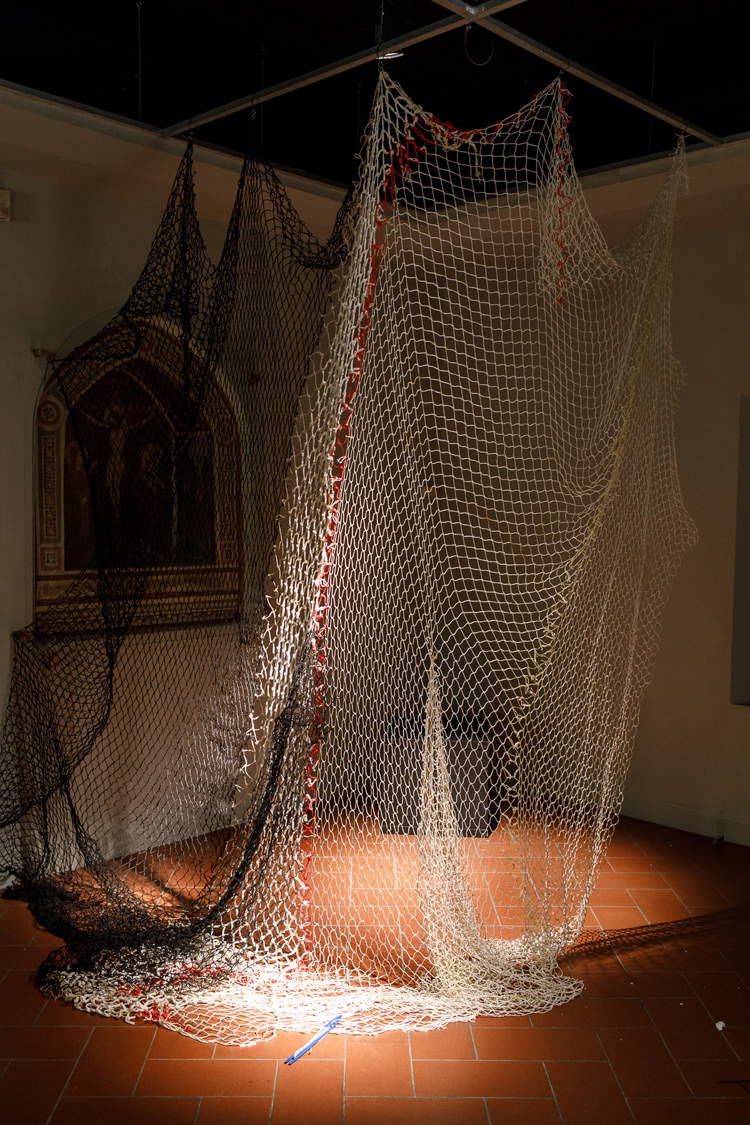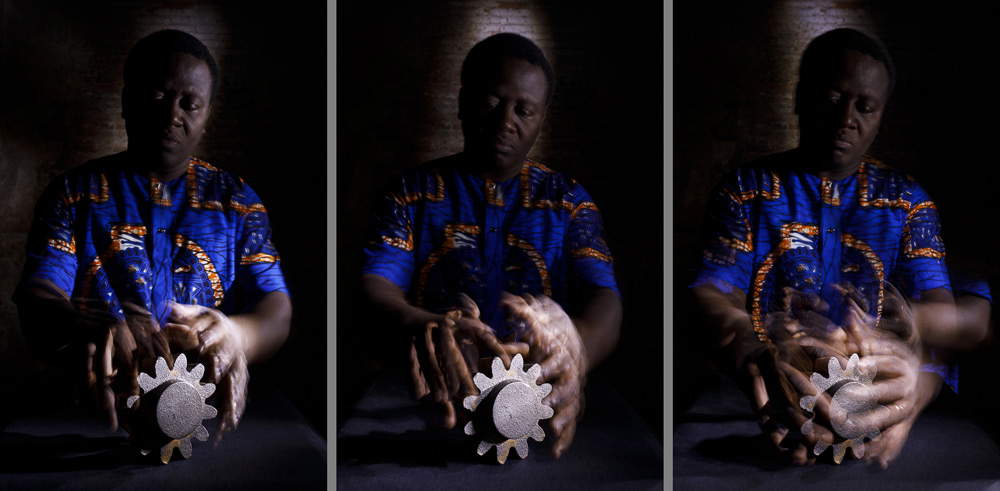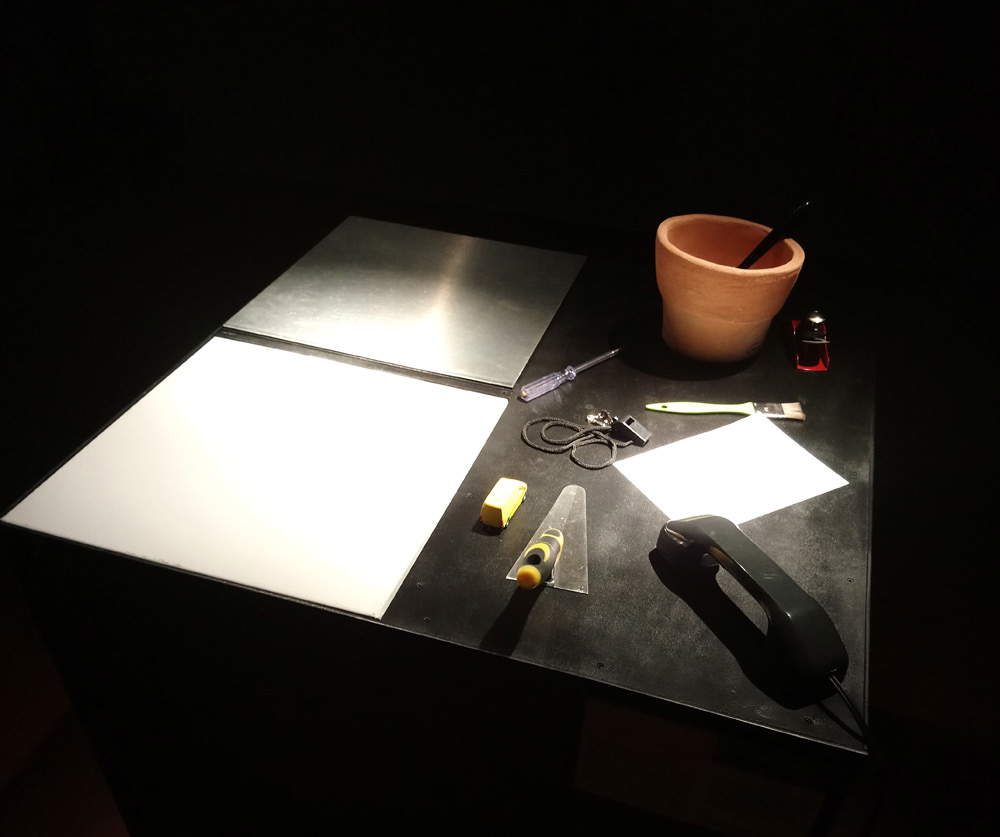by Redazione , published on 07/10/2018
Categories: Exhibitions
/ Disclaimer
At the Palazzo Podestarile in Montelupo Fiorentino, the exhibition 'J.O.B.S. Join Our Blended Stories' is on view from Oct. 7 to Dec. 16, 2018.
On view at the Palazzo Podestarile in Montelupo Fio rentino, Florence, from Oct. 7 to Dec. 16, 2018, is the exhibition J.O.B.S. Join Our Blended Stories. Stories of workers on display, a collective exhibition of contemporary art that inaugurates the first edition of There are always words. [non]Festival of popular (and unpopular) narratives, the first widespread festival on narratives and storytelling. The exhibition aims to initiate a reflection on the world of work today by bringing to the halls of the Podestarile Palace sixteen works by sixteen artists interpreting the stories of as many workers. Each of the workers started from an object (displayed in the exhibition) and the artists elaborated the narrative of the individual worker through their works. The exhibition thus puts the workers in a direct relationship with the artists, forcing the latter into an exchange of empathy, words and emotions: the objects become the medium through which the relationship is directly constructed and, at the same time, the icon that accompanies the works. All on the model traced by the Museum of Interrupted Relations in Zagreb.
For the curator, Andrea Zanetti, this is a collective exhibition in the true sense of the word: “the works are born from the words of a story and challenge individual complexity to become collective and shared.” The presentation further reads, “the world of work today. Precariousness, uncertainty, silence, the future that does not come. Self-realization. Contemporary families, mortgage, retirement, grandchildren. The non-families, the loneliness. Relationships. How much could be written and told about the world, better, the worlds, of work today! How many stories of hardship, success or deprivation, we could describe based on the daily chronicles we read. The market, globality, networks, innovation, manual labor; the workers who resist and those who do not exist. The disillusioned eyes of retirees and the resigned eyes of their children. But also the eyes of those who have succeeded, with or without struggle. The hands of those who dust themselves off every day or the quick hands of those who type on a few keys.”
The exhibition begins with Unboxing by Francesco Siani (Bellosguardo, 1955), paired with the worker Giuseppe Cascio (courier), a video installation accompanied by a cube filled with objects that tells of art as a “journey” through which the work touches our sensibility. Paolo Fiorellini (Sarzana, 1961), on the other hand, brings the installation Passaggio sul grande fiume (passage on the great river), paired with Emanuele Batelli (train conductor), and following this, the exhibition proposes the work of Zino (Luigi Franchi, Teramo, 1973), Precarietà (Precariousness), paired with Meri Ninci (former employee of a packaging company), which delicately addresses one of the thorniest themes of the current world of work. Continuing on, one encounters Imperfetti by Roberta Montaruli (Turin, 1978), paired with Antonella Benucci, then the childhood tale of Carolina Barbieri (Carrara, 1991) who interprets the work of Tiziana Costoli (school teacher), then La Genesi by Lorenzo Devoti (Carrara, 1984), paired with Nicola Giusti (employee of an electrical supply company), and Su il sipario a Silvia by Enrica Pizzicori (Prato, 1976), a series of two sculptures interpreting Silvia Desideri’s (teacher) passion for theater. The last work one encounters on the first floor is Tra le mura by Lorena Huertas (Bogotá, 1979), a large mixed-media painting on paper that occupies an entire wall and narrates a visionary interweaving of architectures that elaborates the narrative of Antonio Ciampi (worker).
Upstairs, one is greeted by Expositus by Cristina Balsotti (Santa Croce sull’Arno, 1955), an installation that speaks of play, justice, honesty, defense and gift and tells the story of Filippo Esposito (employee of a large-scale retail company and trade unionist), and Pandora’s Jar MMXVIII by Stefano Siani (Carrara, 1984), a series of photographs that stems from the narrative of Barbara Daly (worker). È then the turn of Dream operator by Eleonora Roaro (Varese, 1989), a conceptual and interactive work interpreting the work of Annalisa Ferrara (financial consultant), while in the next room the audience meets Un approdo sicuro by Francesco Ricci (Carrara, 1980), paired with Francesca Fabbri (pharmacist); D’acqua dolce by Sabina Feroci (Florence, 1971), a tribute to the figure of Tito Paroli (worker in the Limite sull’Arno shipyards); and Penelope by Aurore Pornin (Orléans, 1974), which... weaves a web around the story of Maria Rosa Salerno (food company employee). The exhibition concludes with the works of Stefano Lanzardo (La Spezia, 1960), Ablodè, which means “freedom” in a dialect of Togo, the homeland of worker Thomas Lagneble (metalworker), and Emiliano Bagnato ’s (La Spezia, 1993), Sound Scenario for Collective Improvisation, a sound installation in which the entire public can participate.
The exhibition opens daily from 10 a.m. to 7 p.m. (Tuesday through Friday on request by presenting to the ticket office of the Montelupo Ceramics Museum, Saturdays and Sundays always). Closed Mondays. Free admission. Below are photos of the works on display.
 |
| Francesco Siani, Unboxing |
 |
| Paolo Fiorellini, Passage on the great river |
 |
| Zino, Precariousness |
 |
| Roberta Montaruli, Imperfects |
 |
| Carolina Barbieri |
 |
| Enrica Pizzicori, Curtain Up on Silvia |
 |
| Lorenzo Devoti, Genesis |
 |
| Lorena Huertas, Between the Walls |
 |
| Cristina Balsotti, Expositus |
 |
| Stefano Siani, Pandora’s Jar MMXVIII |
 |
| Eleonora Roaro, Dream operator |
 |
| Francesco Ricci, A Safe Harbor |
 |
| Sabina Feroci, Freshwater |
 |
| Aurore Pornin, Penelope |
 |
| Stefano Lanzardo, Ablodè |
 |
| Emiliano Bagnato, Soundscape for collective improvisation |
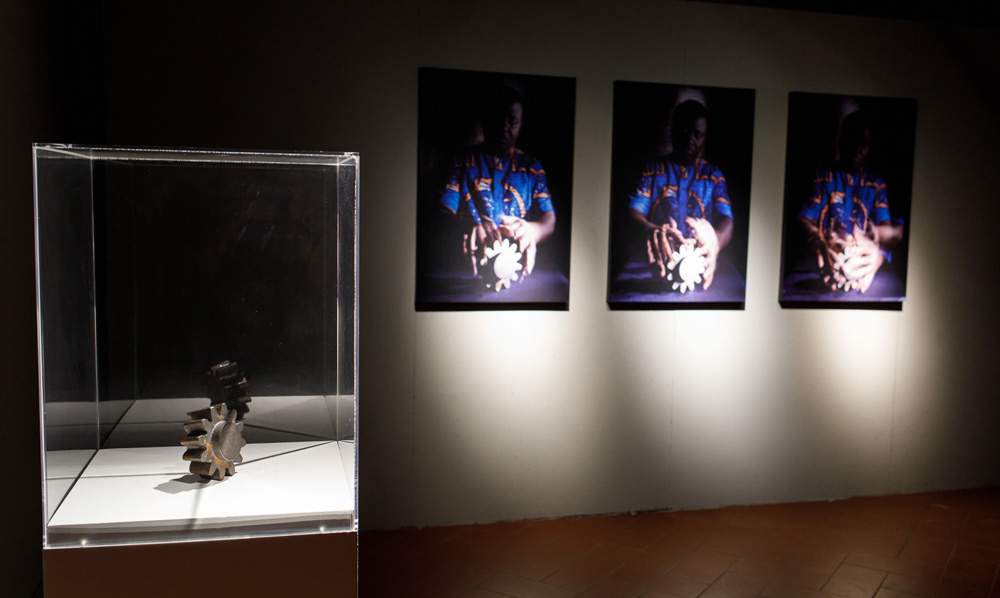 |
| Stories of work and workers. In Montelupo Fiorentino the exhibition J.O.B.S. - Join Our Blended Stories. |
Warning: the translation into English of the original Italian article was created using automatic tools.
We undertake to review all articles, but we do not guarantee the total absence of inaccuracies in the translation due to the program. You can
find the original by clicking on the ITA button. If you find any mistake,please contact us.

